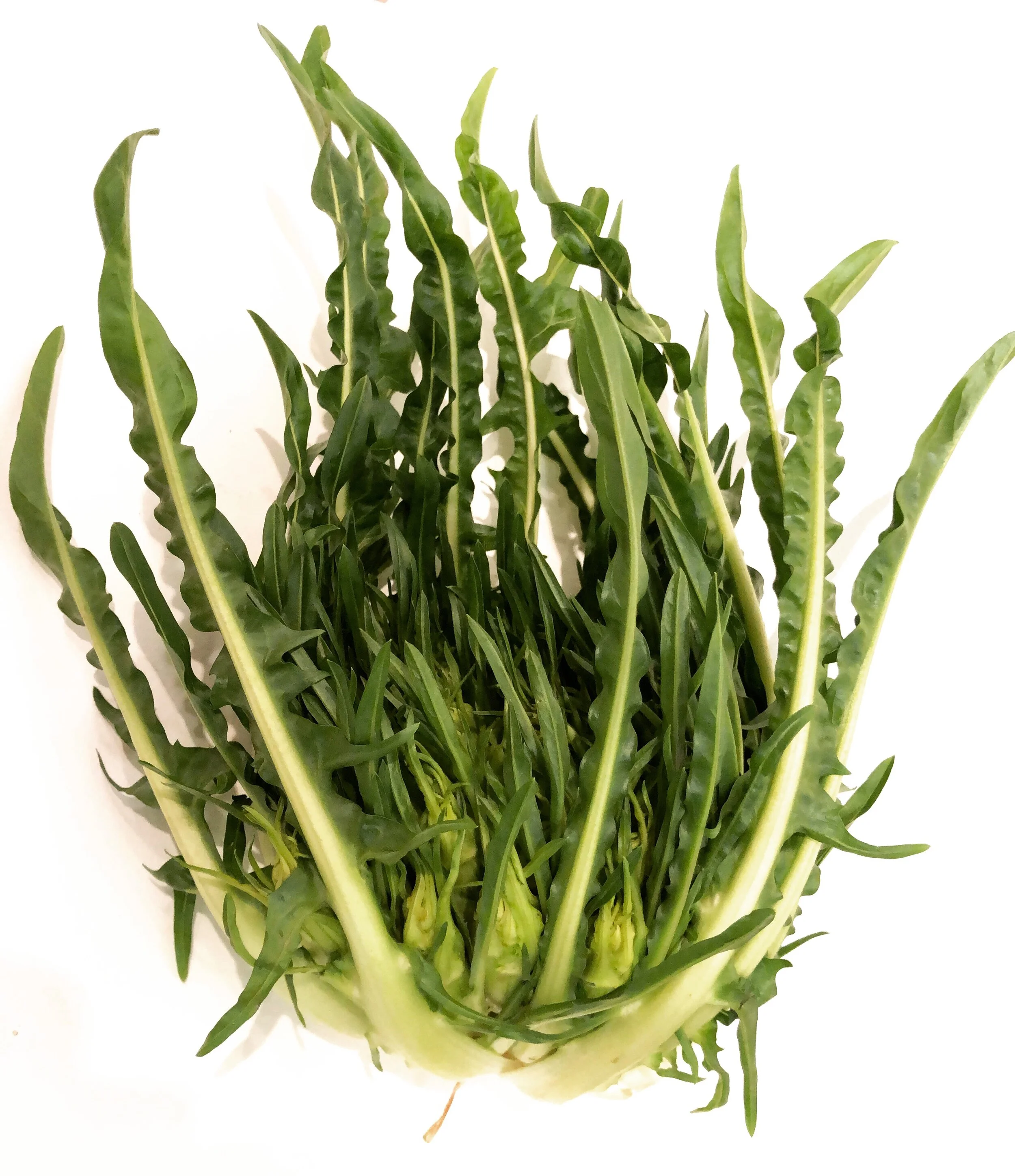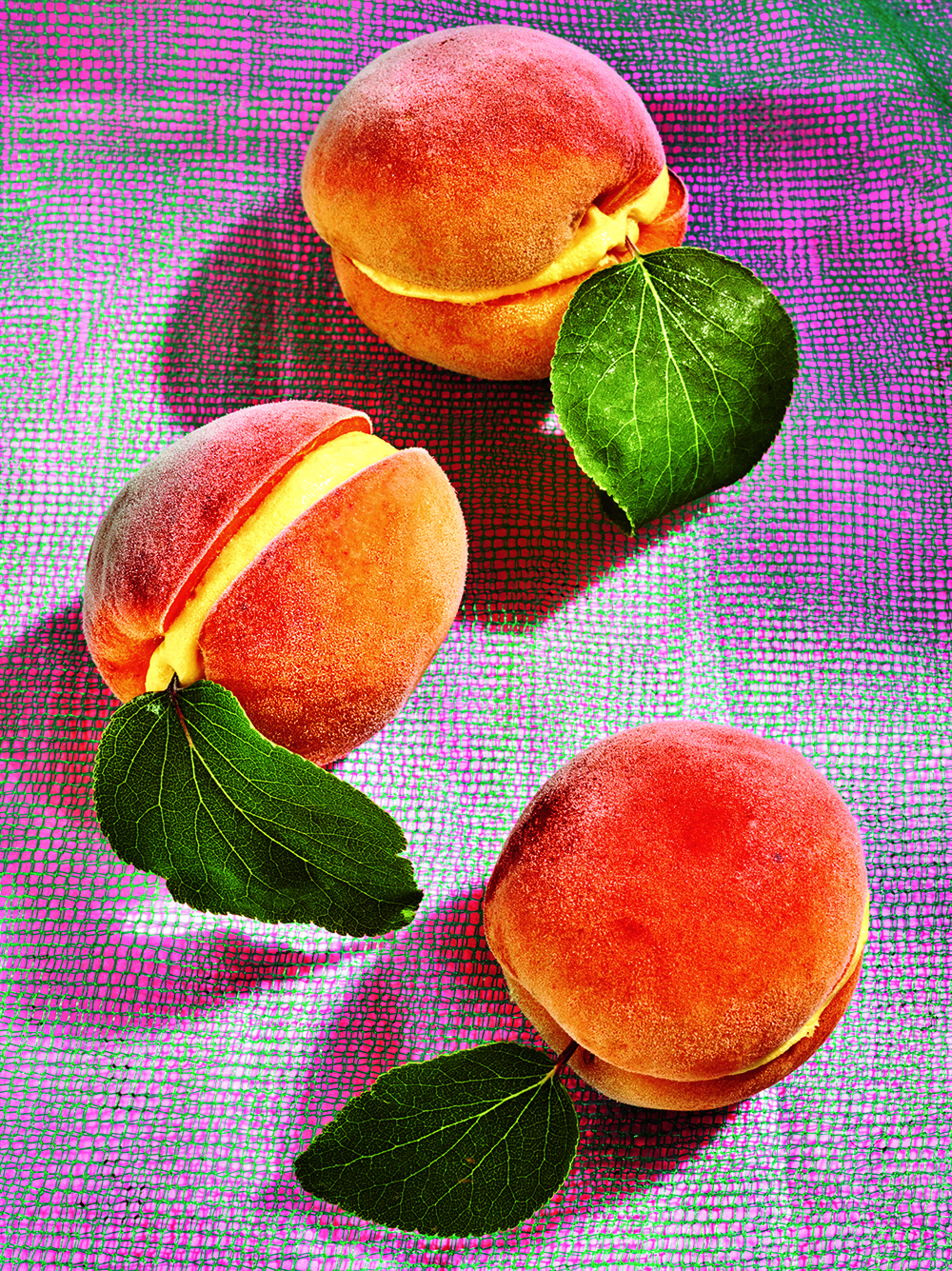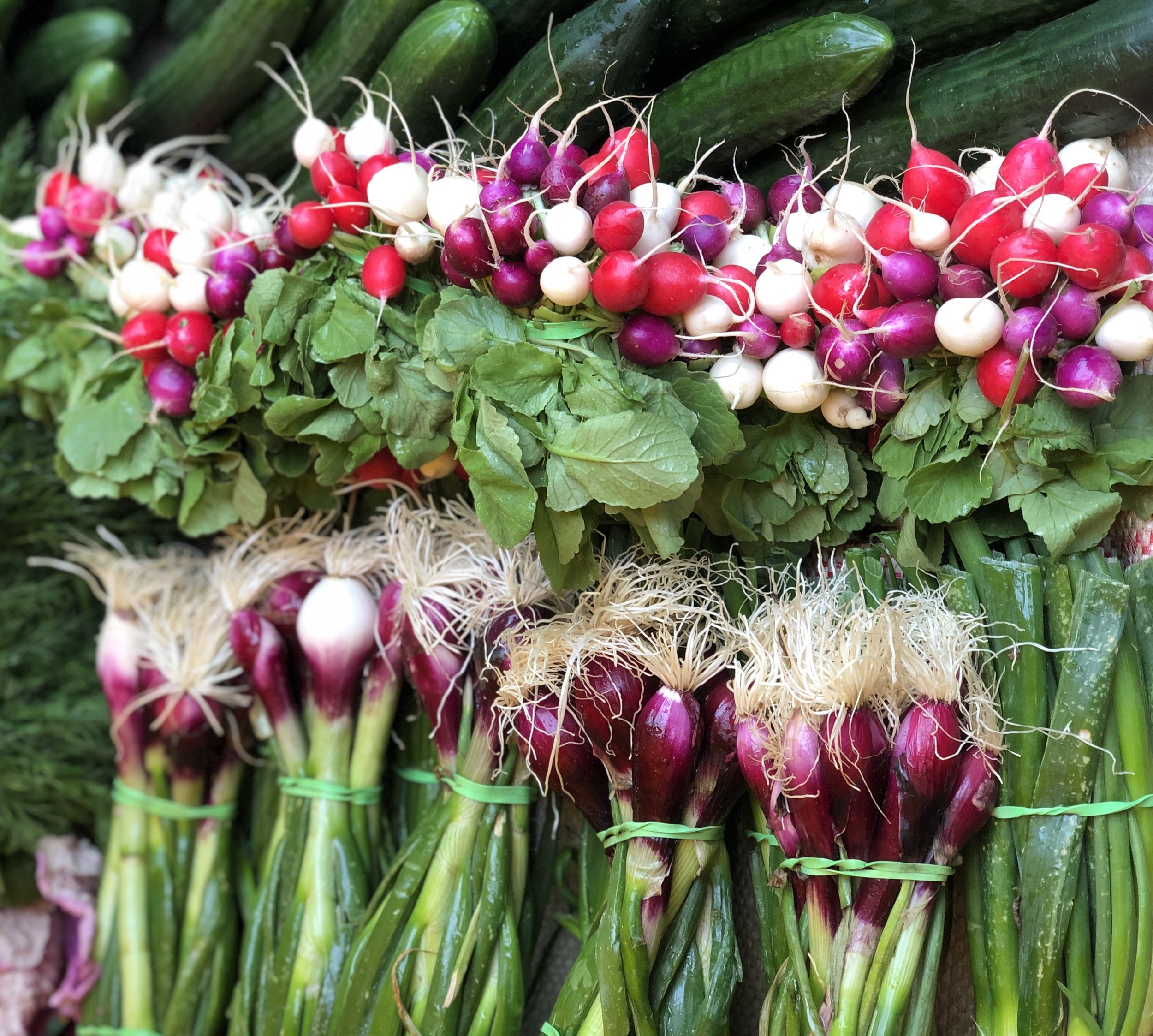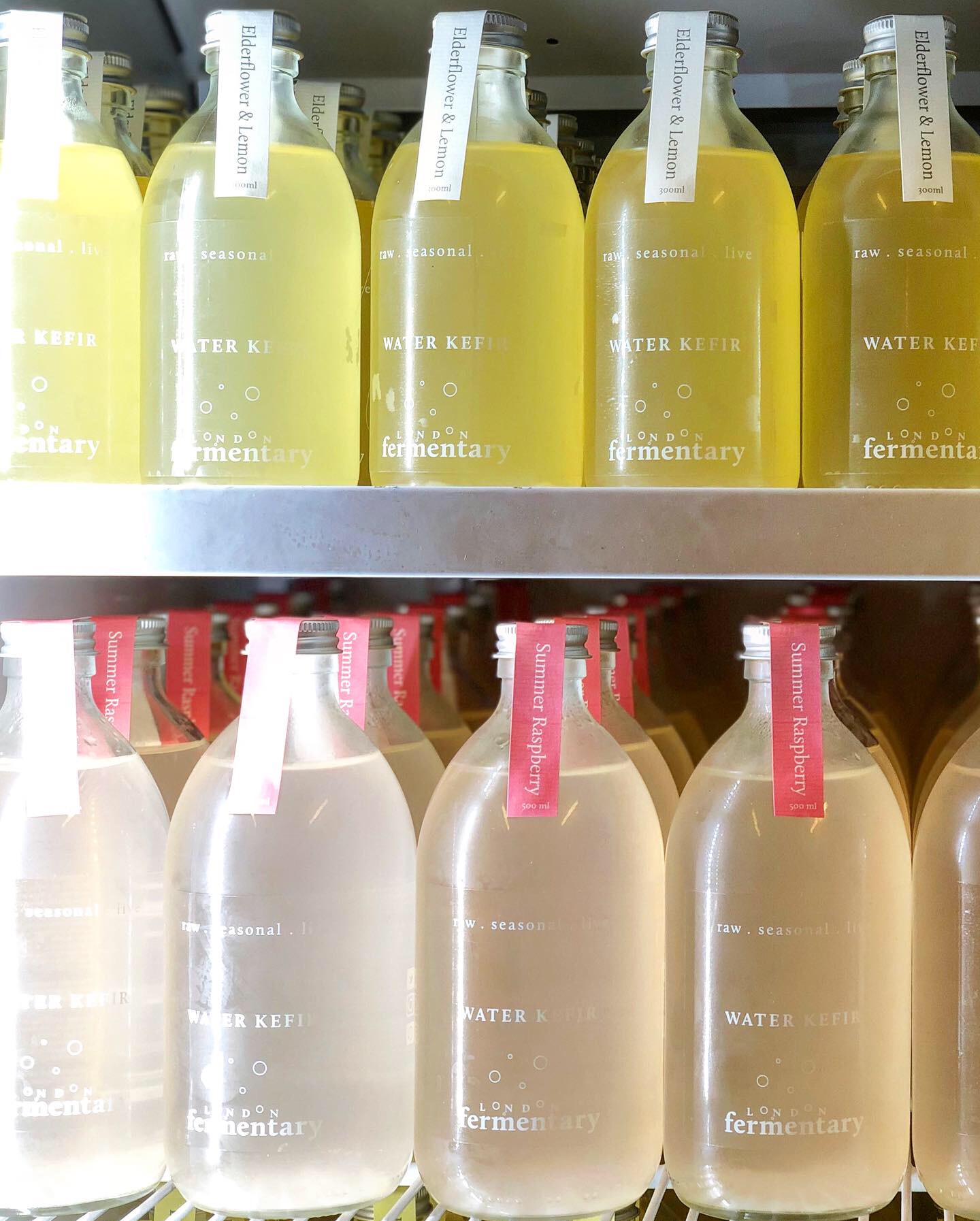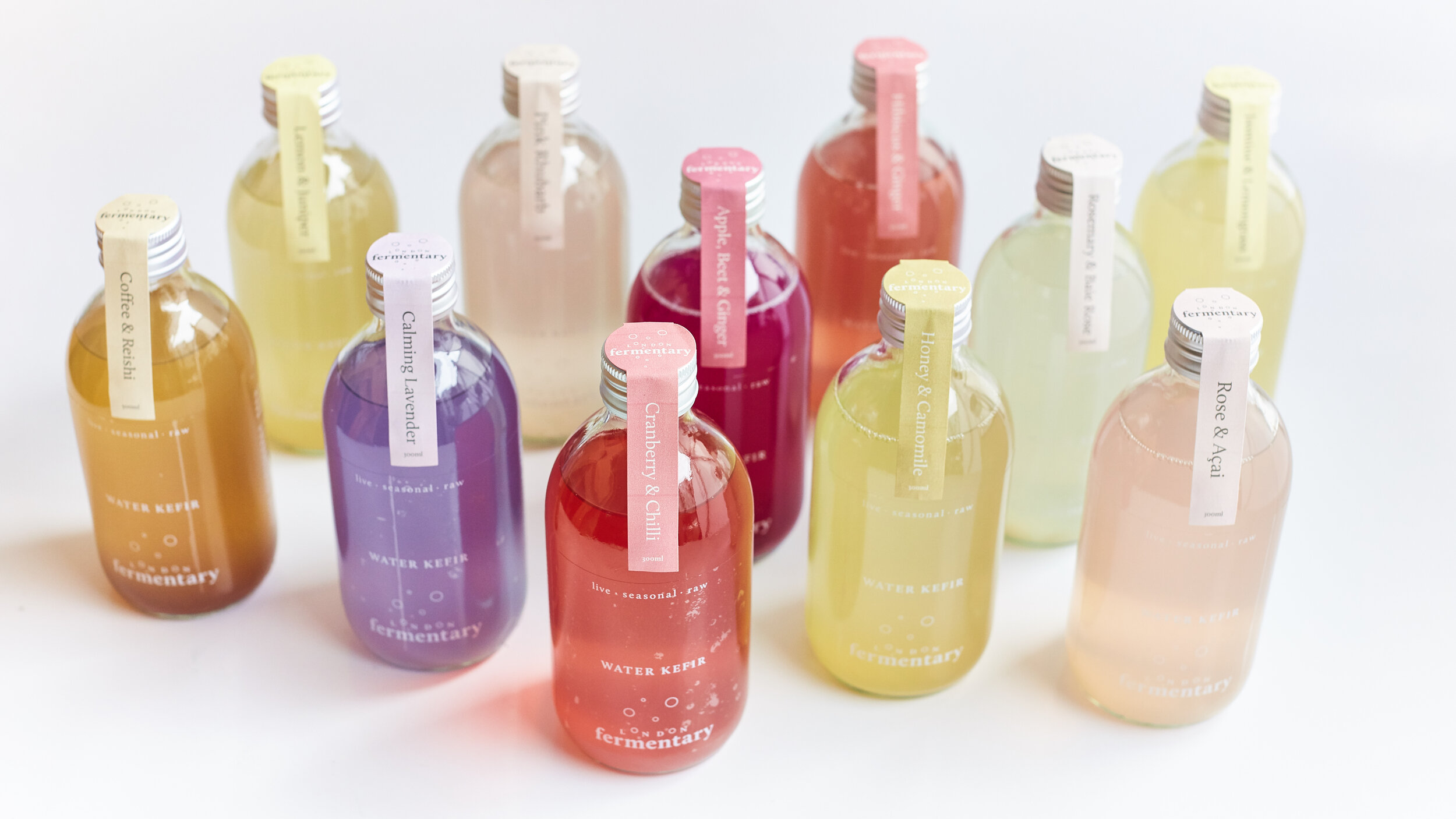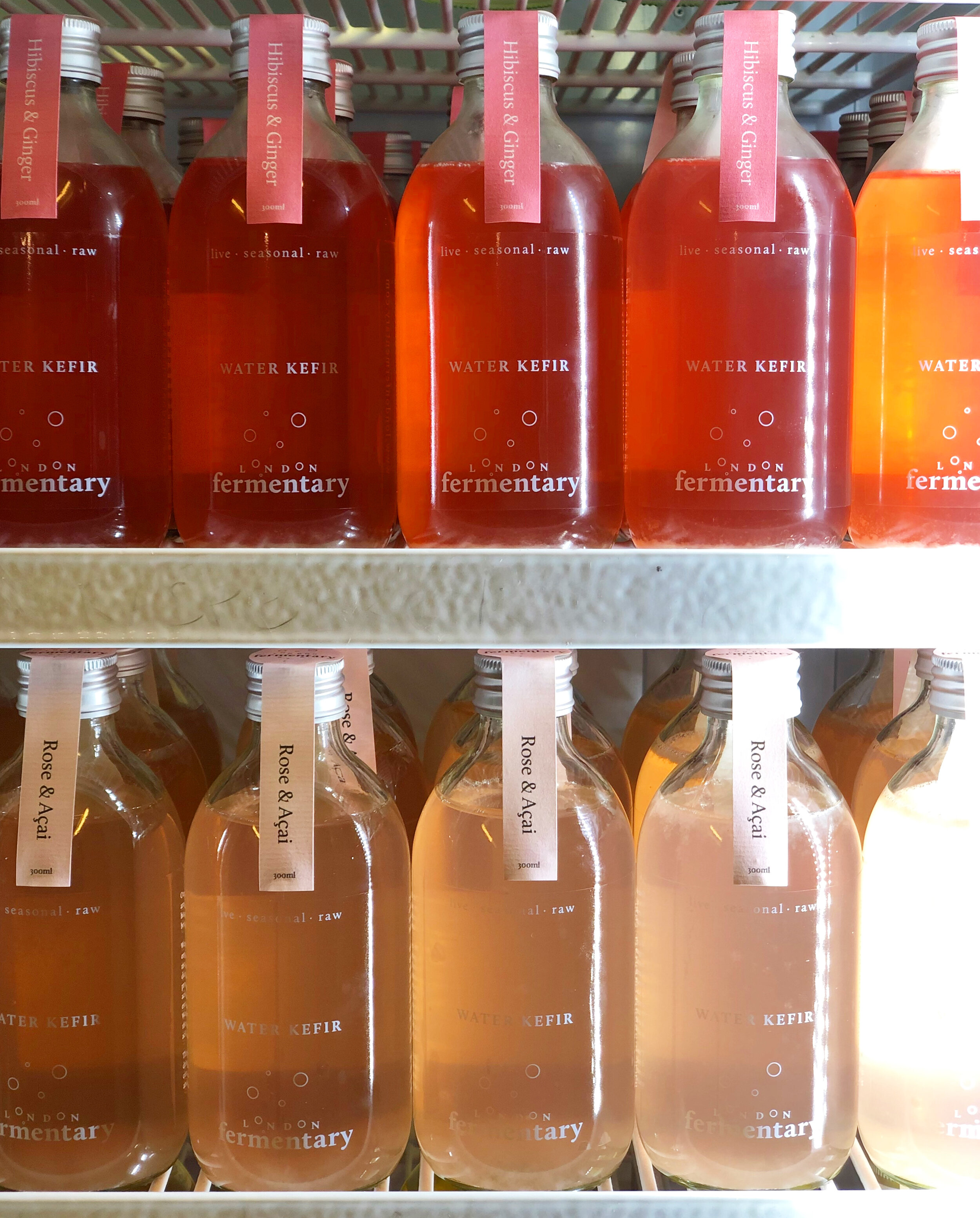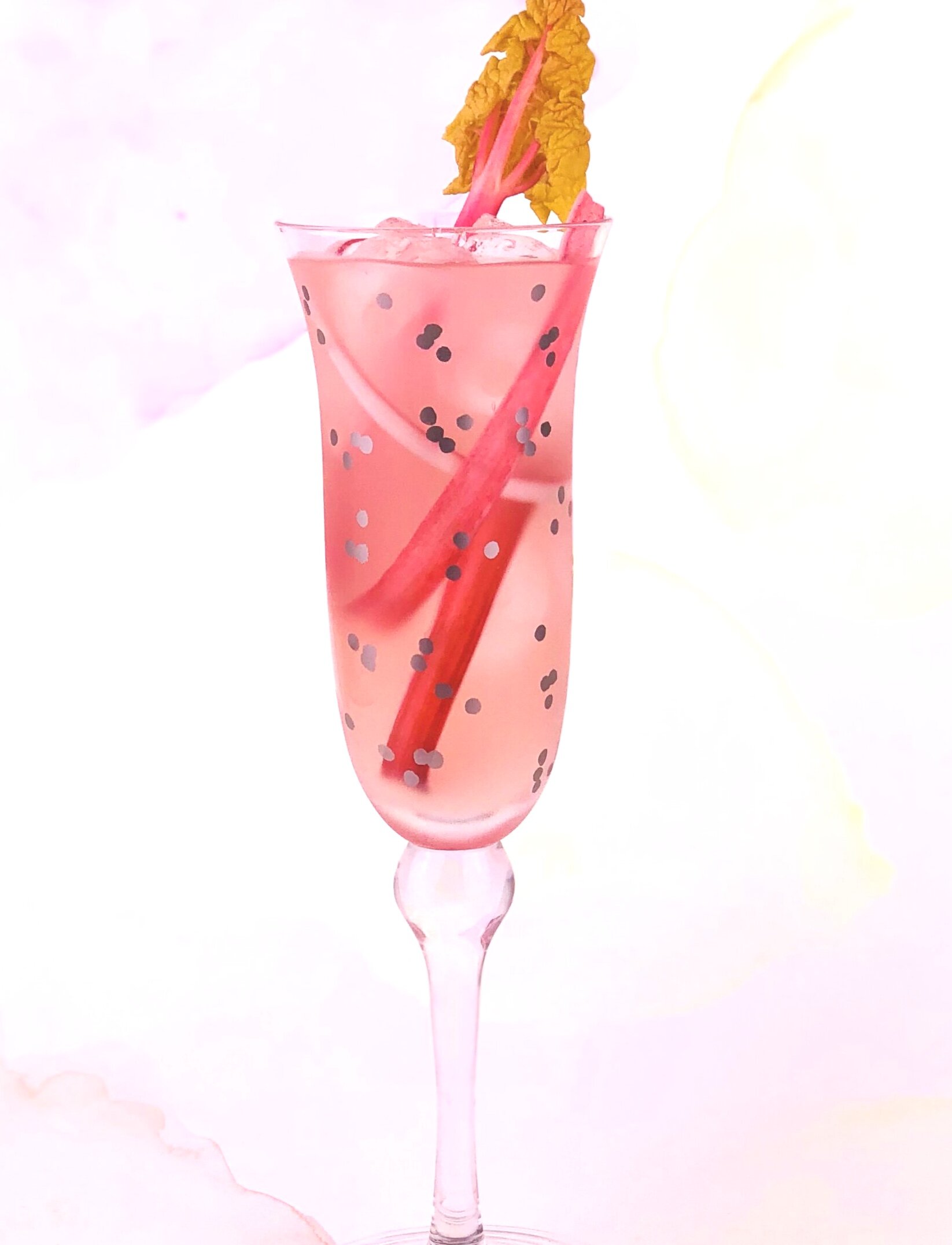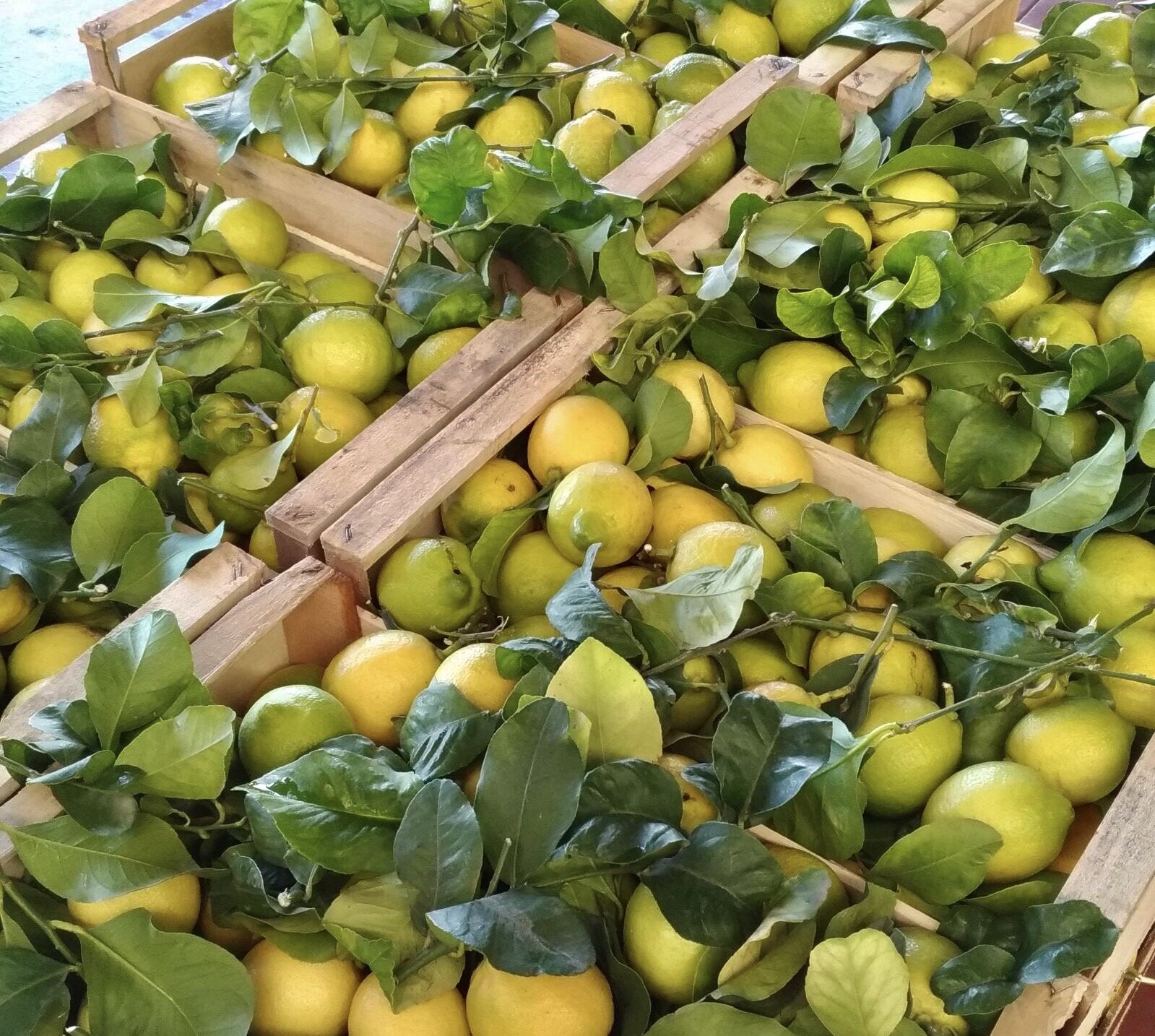Friends, we are heading into another lockdown and we can ensure you that we are here for you as normal. We will be open Thursday, Friday and Saturday from 9am to 2pm with plenty of autumn fruit and vegetables, cupboard essentials and ferments to support your immune system. Regardless what’s happening in the world we prefer to stay positive and see good things, this is the only way we can survive this funny times. Love to all , Elena and Puntarelle team ❤️
Veggies at Puntarelle@Co
Photo © Puntarelle&Co
November
Autumn truly arrives in November. Here at Puntarelle & Co we see the change of seasons clearly, and not just in the chill morning start to our day. Our choice of fruits is paired-back now. Yes, we could select southern hemisphere strawberries and peaches but we choose not to. Our customers recognise and appreciate the seasonal shift in foods and so do we. And there is so much to enjoy through November. English Apples and Pears and iron-hard, fragrant Quince are the stars of the show, ably supported by Pomegranates and Persimmons and the early new season citrus from Italy. From Italy too come Artichokes along with the first of the cool weather chicories just as British-grown produce turns to crisp Cabbages, creamy Jerusalem Artichokes and earthy Kales. And don’t miss out on the autumn wild Mushroom season, particularly the Chanterelles and Girolles.
Here is a taster of the things you can expect to find at Puntarelle & Co in the month of November:
Puntarelle
Photo ©Evie Saffron Strands
Apples from brothers Ken and John, who grow fruit on our favoured farm in Kent fill our crates with different varieties as they reach their perfect picking time. Pears, from the same source, include Doyenne du Comice and Conference.
Fragrant Quince should be available throughout the month, whether English grown or fruits from France.
Fruit from Europe comes mainly in the form of sweet/sharp, juicy Pomegranates from Italy.
Persimmons arrive from Italy now too, some perfectly ripe, which are very difficult to transport, and others which need only a week in a warm kitchen to come to perfection.
With the cooler weather comes our longing for the new season Citrus. Fragrant, zingy Bergamots begin arriving in October and usually continue throughout November. There are Miyagawa Mandarins and Navelina Oranges but normally have to wait till December for the blood orange season to get going.
Look out for Fresh Cranberries, Walnuts in their shells and Chestnuts, both fresh and vacuum-packed.
Brussel sprouts
Photo ©Evie Saffron Strands
Organic varieties of Pumpkin and Winter Squash increase by the week.
You can expect to see sweet, nutty Fenland Celery arrive this month. Get it while you can as the season is a few short weeks.
Greens at this time of year include Rainbow Chard, its vibrant stems of orange, pinks and reds stand out amongst the Purple Sprouting Broccoli and Cavolo Nero/Black Cabbage, creamy Cauliflowers & Romanesco and varieties of Kale.
English Cabbages like January King and Savoy are with us in November, and there are Brussels Tops, closely followed by Brussels Sprouts and Kalettes, right through the cold months. The flavours of each get even better after any possible nip of frost.
Root vegetables come in the form of Jerusalem Artichokes, Heritage Carrots, Parsnips, Celeriac, Parsley Root and Turnips.
Potatoes turn more towards roasting and mashing varieties like King Edward but at this time there are waxy La Ratte and Pink Fir Apple along with the good all-rounder Cyprus.
Autumn wild Mushrooms go through into November, in particular Chanterelles and Girolles.
The bitter cold-weather leaves now arrive. Juicy Chicoria, like mildly bitter Puntarelle, so good served with an anchovy sauce. Expect to see green/yellow Endive varieties - curly Frisee, large floppy-headed Escarole - alongside colourful Radicchios like speckled Castelfranco, deep red leaved Tardivo and Treviso and the pink Rose Radicchio throughout the cold months.
The second crop of Artichokes arrive in November and you’ll find Cima di Rapa/Turnip Tops too.
Brassica at Puntarelle
London Fermentary News:
Quinoa and Kale Kraut is in the large 460g jars now, with the same price!
Quinoa & Kale Kraut
Photo © London Fermentary
Buckwheat Pancakes with apples, raisins and walnuts
Photo and recipe ©Evie Saffron Strands
Here’s an idea for using some of our beautiful English apple crop.
Buckwheat pancakes with apples
For the filling:
About 500g of warm apple compote + a few raisins
(peeled and chopped apples – whatever you have - cooked down with a knob of butter and sugar to taste, maybe a little cinnamon. Add a handful of raisins while the apple is still hot)
A handful of shelled walnuts, roughly chopped (optional)
For the pancakes:
(pancake mixture makes around 12 x 20cm thin pancakes)
120g buckwheat flour
50g plain flour
pinch of salt
1 medium egg
175ml full cream milk + 175ml water
30g melted butter
Combine the flours and salt. Make a well in the centre and add the egg and a little milk then start to draw in the dry ingredients to the wet, adding more of the milk and water gradually until you have a smooth batter. Add the melted butter and mix in.
Lightly butter a 20cm heavy-based frying pan and heat to medium-hot. Keep the heat at this level throughout. Pour in enough pancake mixture to quickly swirl it around the pan and lightly coat it and cook until the underside is lightly browned. This is a sacrificial one as the first pancake is always poor so discard it. Add just a little butter before cooking each pancake. Pour about 2-3 tablespoons of batter into the pan and quickly swirl it around the pan to coat it thinly. Brown lightly and turn the pancake to lightly brown the other side. Repeat the process and when each pancake is light browned on both sides add it to a plate and keep warm in a low oven until you have used up all the mixture.
Spoon a heaped tablespoon of the warm apple and raisin compote onto each pancake and add some of the chopped walnuts folding the pancakes over. Serve with cream.



